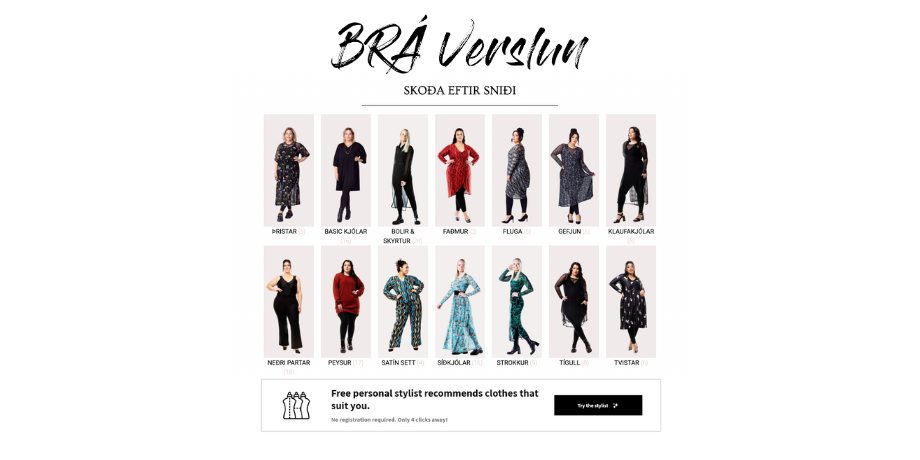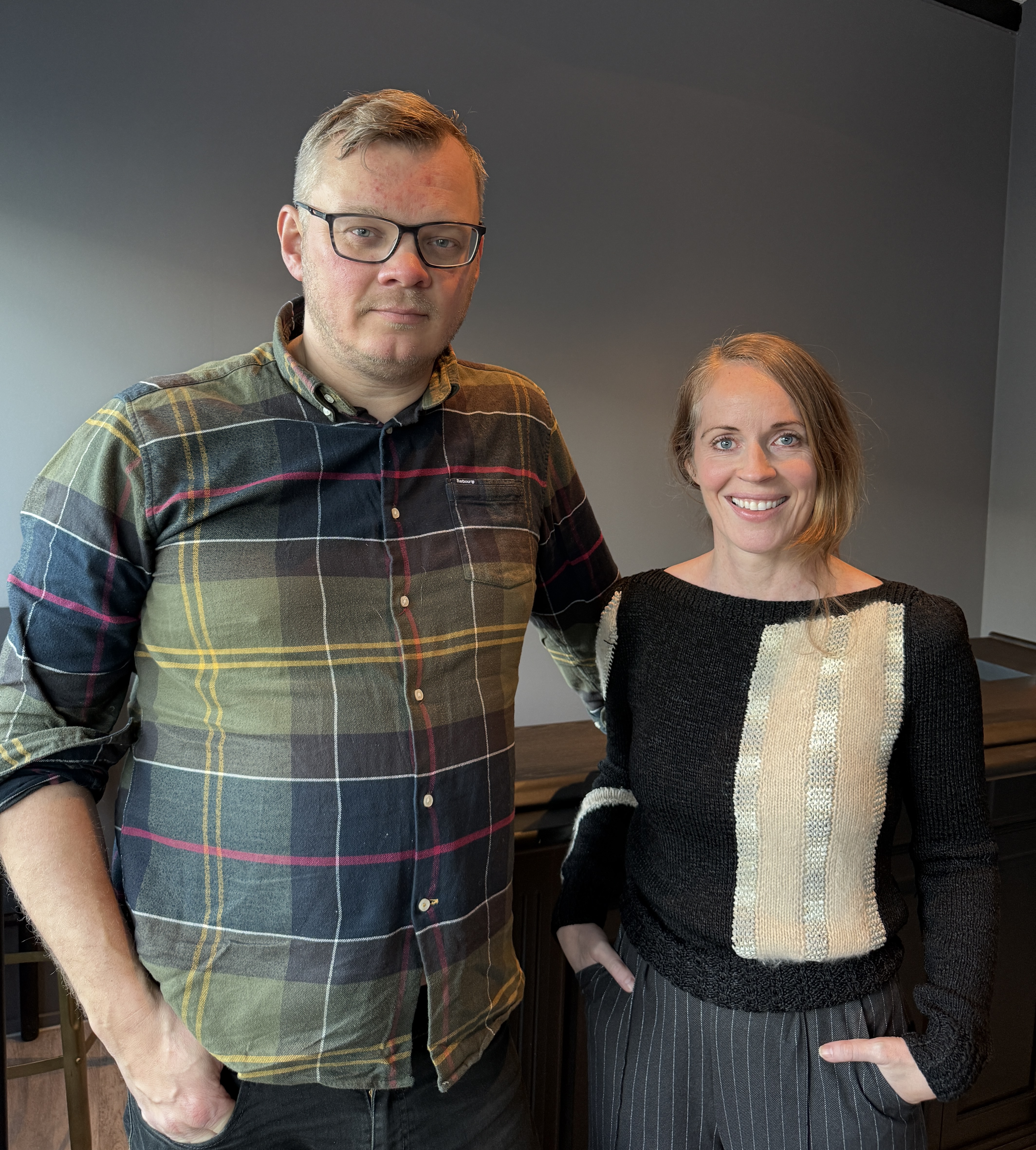Catecut, a new AI-powered styling solution for online clothing retailers, announced the first public launch on Icelandic design shop Brá verslun’s webstore. Brá’s shoppers will now be able to “try stylist” to see what clothing from Brá’s inventory is most likely to fit them best.
Brá, with its custom tailoring service onsite at its retail store in Reykjavík, wanted a way for its online shoppers to leverage the principles of professional styling in the digital realm.
“It’s important to us that our customers, whether in-store or online have the best, most highly-customized shopping experience,” says Brá founder Bára Atladóttir. “Catecut’s AI helps us mirror elements of the in-store experience digitally by recommending to our shoppers the best possible garment cut and fit suited for their unique body structure.”
As e-commerce dominates most parts of the world today, it has also created a massive returns problem. The #1 cause of clothing returns from online sales is poor fit, and accounts for nearly 40% of apparel bought online. It also creates 24 metric tons of CO2 annually. Managing returns also can cost retailers up to 66% of the purchase price of each returned item.
Catecut, founded by a professional wardrobe stylist and an experienced clothing retailer in 2019, in collaboration with AI specialists and tech experts, aims to significantly reduce global clothing returns by mitigating poor fit before it happens. Catecut has the ability to analyze product imagery, and classify various elements such as a garment’s neckline, sleeve, wrist, skirt length and pant length. It is then embedded in a retailer’s online store, seamlessly blending into the customer shopping experience, where shoppers can provide minimal input using various slide bars to generate clothing recommendations.
“Our first objective was to train AI models with our partners at the Icelandic Institute for Intelligent Machines on identifying and classifying a large variety of clothing styles and cuts. We then pair these classifications with styling knowledge from the professional wardrobe stylist profession,” says Catecut founder, Heiðrún Sigfúsdóttir. “As retailers we know how significant the returns issue is globally. And, as stylists, we know how disappointing it is when the clothes you purchase don’t fit well.”
“We took all of the knowledge I have acquired in my career as a personal stylist and scaled it so that more people can look and feel their best in clothing fit to their unique figures,” adds Anna Gunnarsdóttir, also a founder of Catecut.
Catecut and Brá have been working together for months on a pilot program to refine Catecut features and test its recommendation algorithms before launching the solution on Brá’s web store. In the next few weeks more stores will be launching the styling solution.
To learn more, visit Catecut.com. To use the stylist and see Brá’s clothing range visit Brá verslun’s online store.


